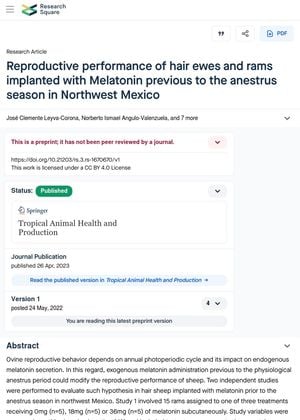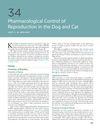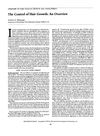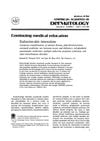Reproductive Performance of Hair Ewes and Rams Implanted with Melatonin Prior to the Anestrus Season in Northwest Mexico
May 2022
in “
Research Square (Research Square)
”

TLDR Melatonin improved sheep reproduction, being more beneficial and cost-effective in males.
The document presents two studies examining the impact of exogenous melatonin administration on the reproductive performance of hair sheep prior to the anestrus season in northwest Mexico. In the first study, 15 rams were given 0mg, 18mg, or 36mg of melatonin subcutaneously, and variables such as testosterone concentration, scrotal circumference, and sperm concentration were measured. The second study involved 50 ewes receiving either 0mg or 18mg of melatonin subcutaneously, with measurements taken for progesterone concentration, frequency of females in anestrus, and pregnancy rate. Results showed that melatonin improved testosterone and sperm concentrations in males, and increased the pregnancy rate by 28% in females. The document concludes that while melatonin enhanced reproductive parameters in both sexes, its administration could be more beneficial and cost-effective in rams.




